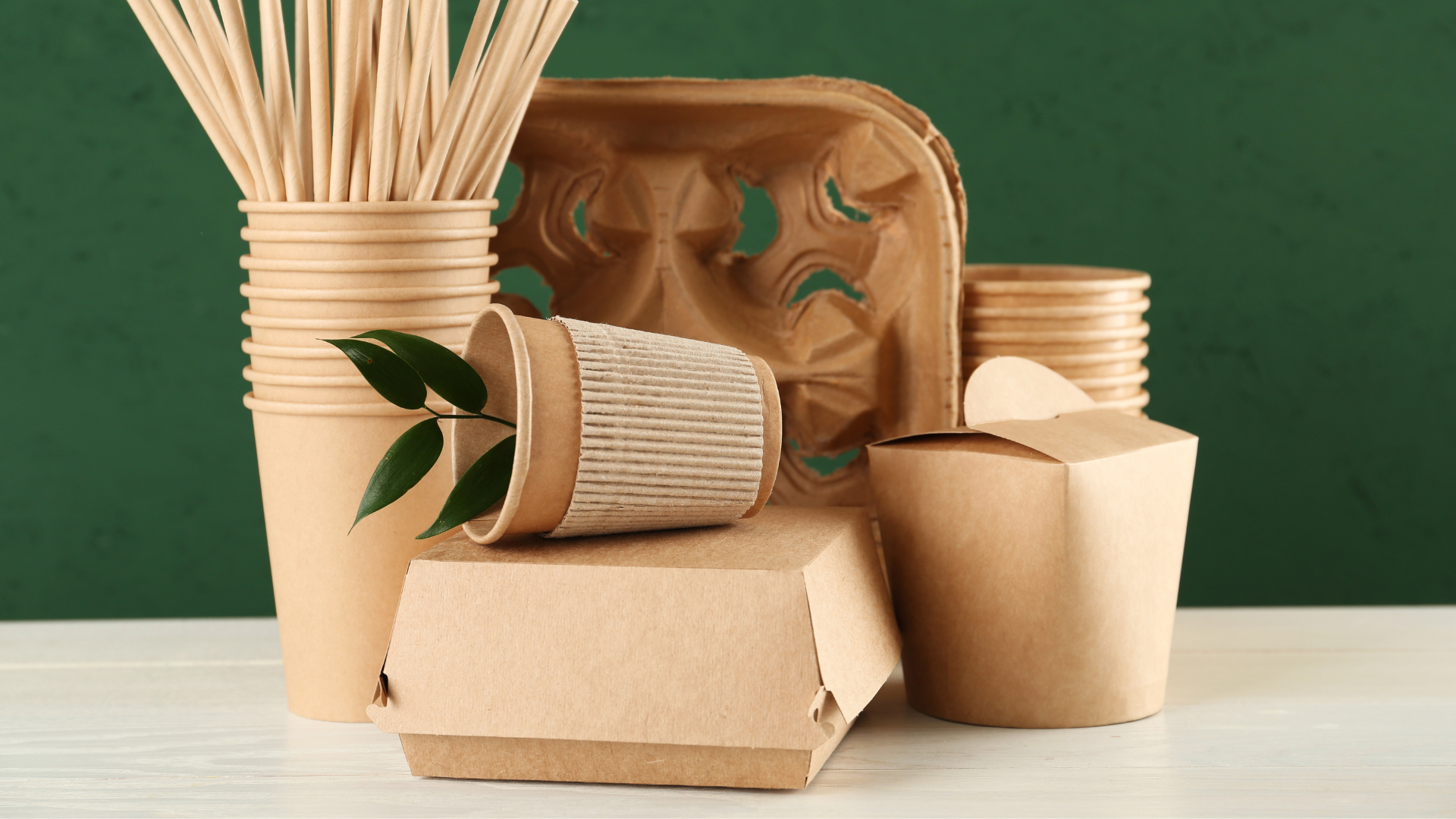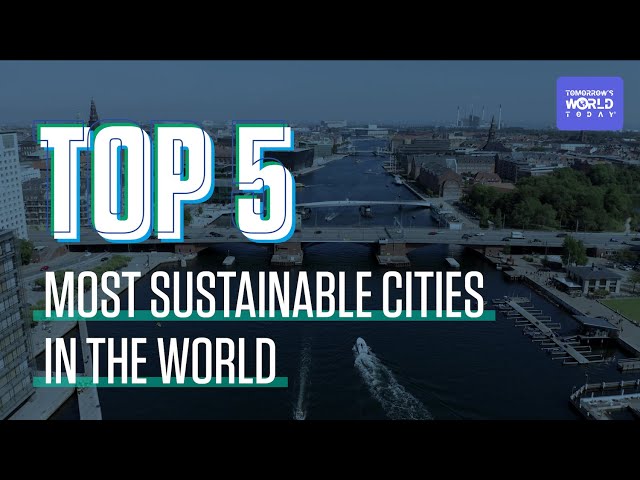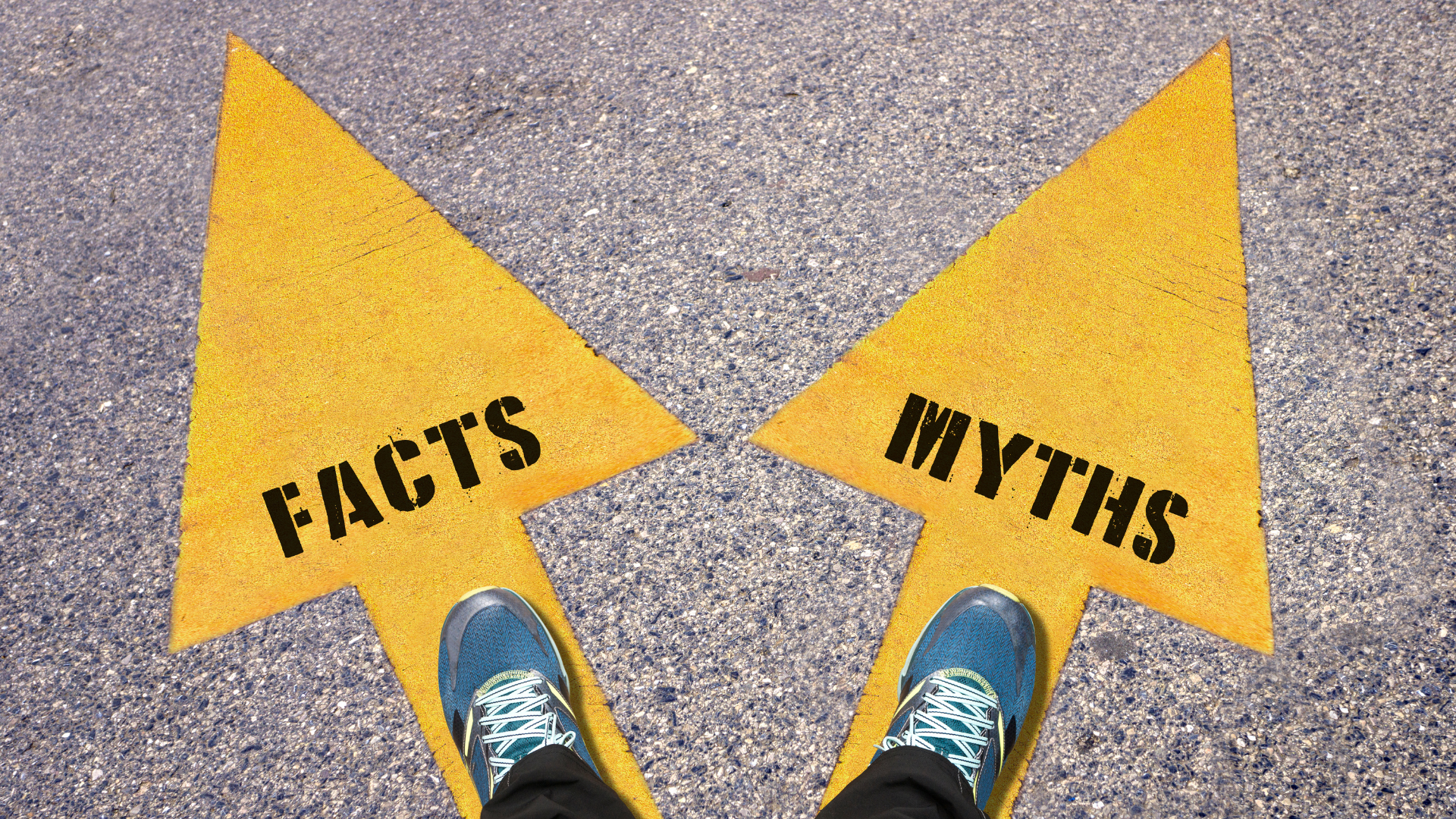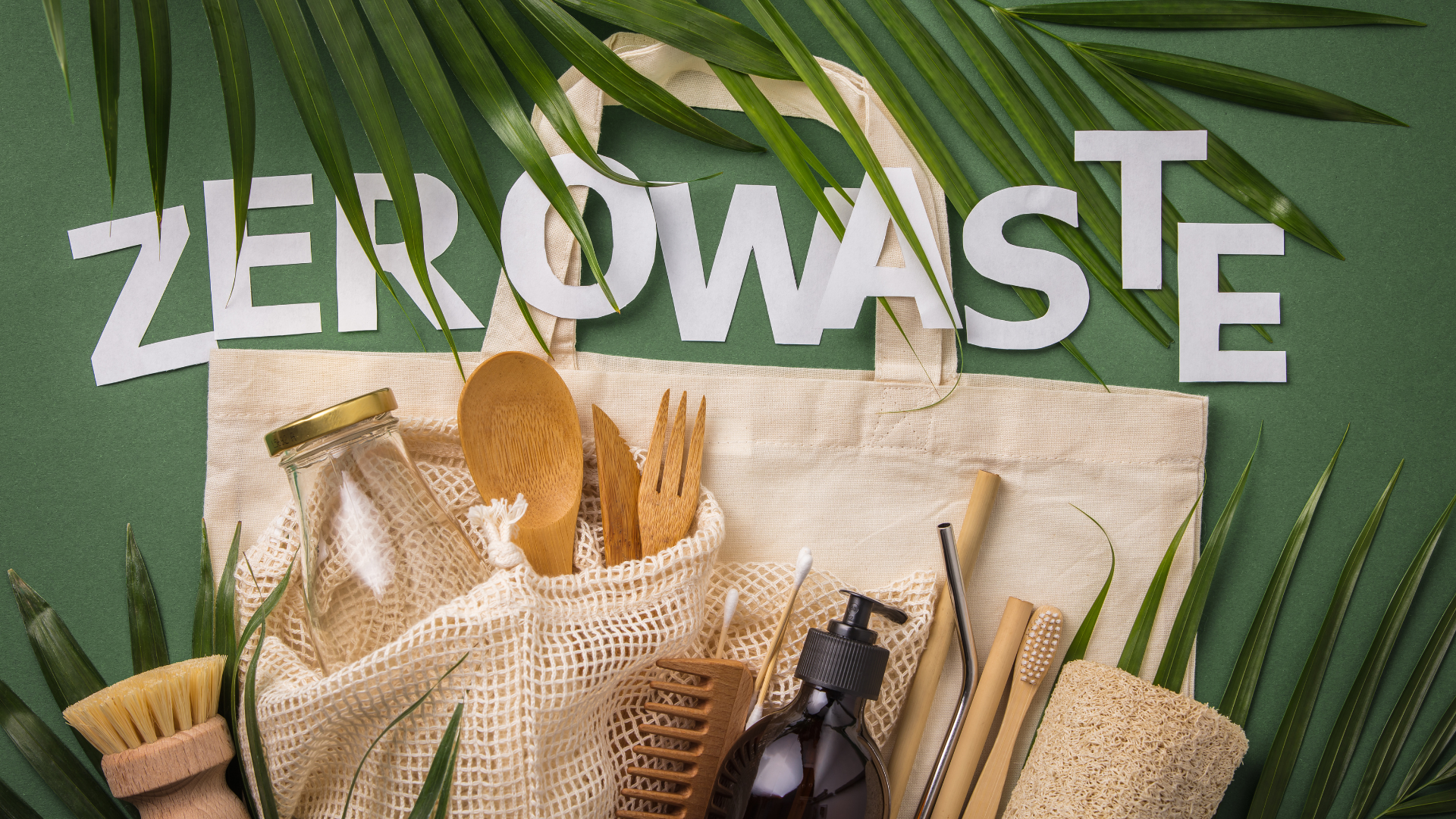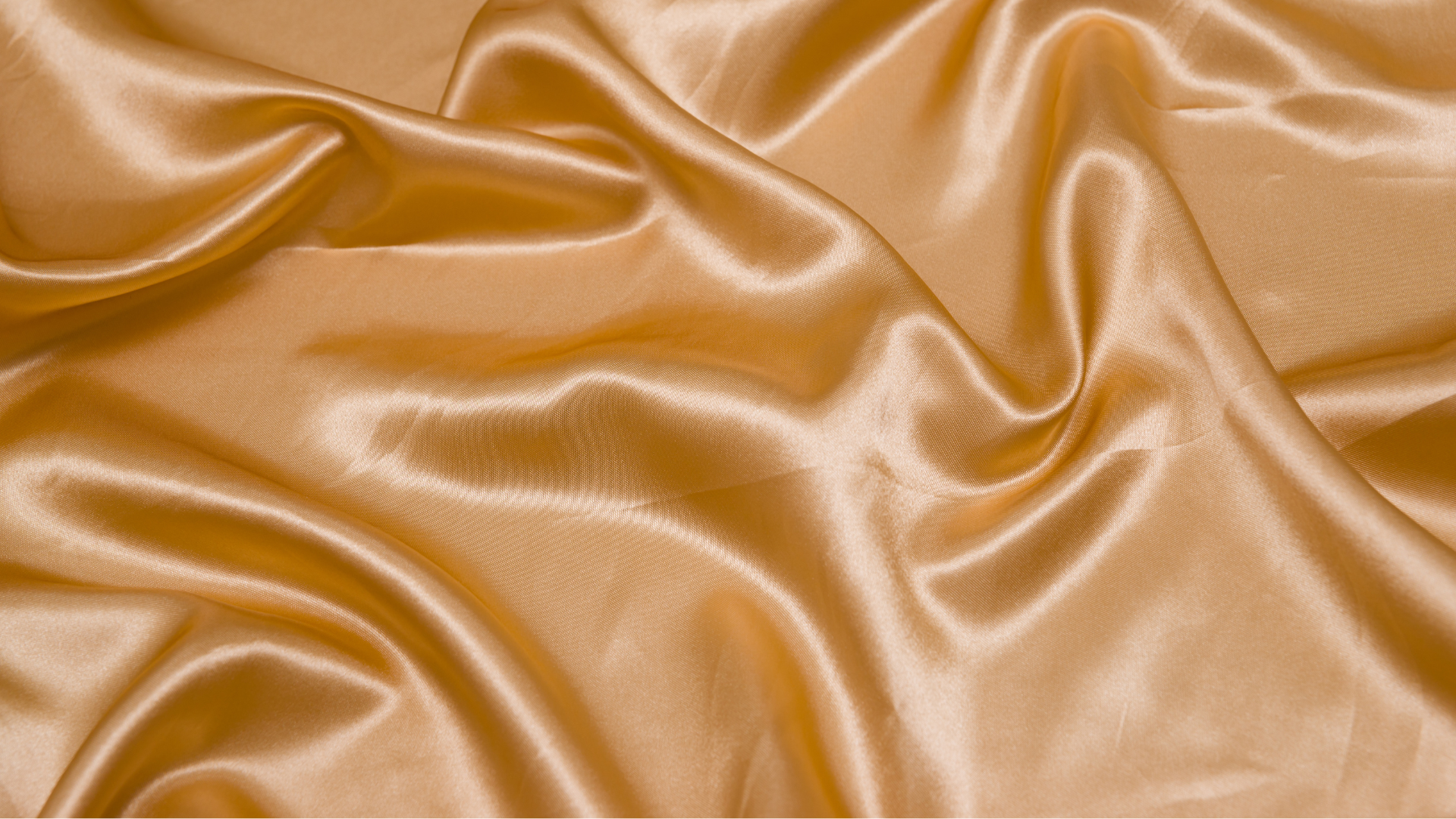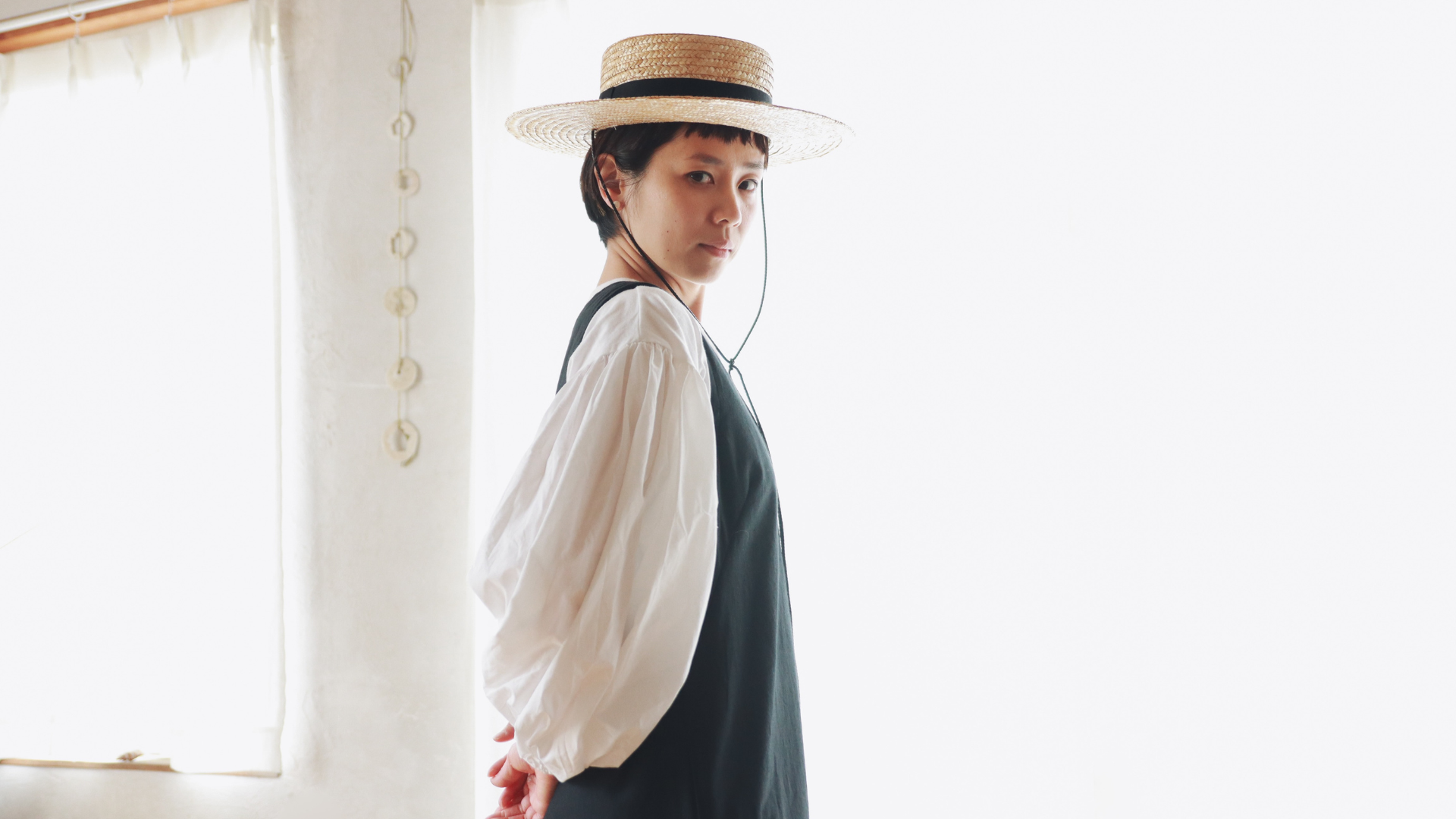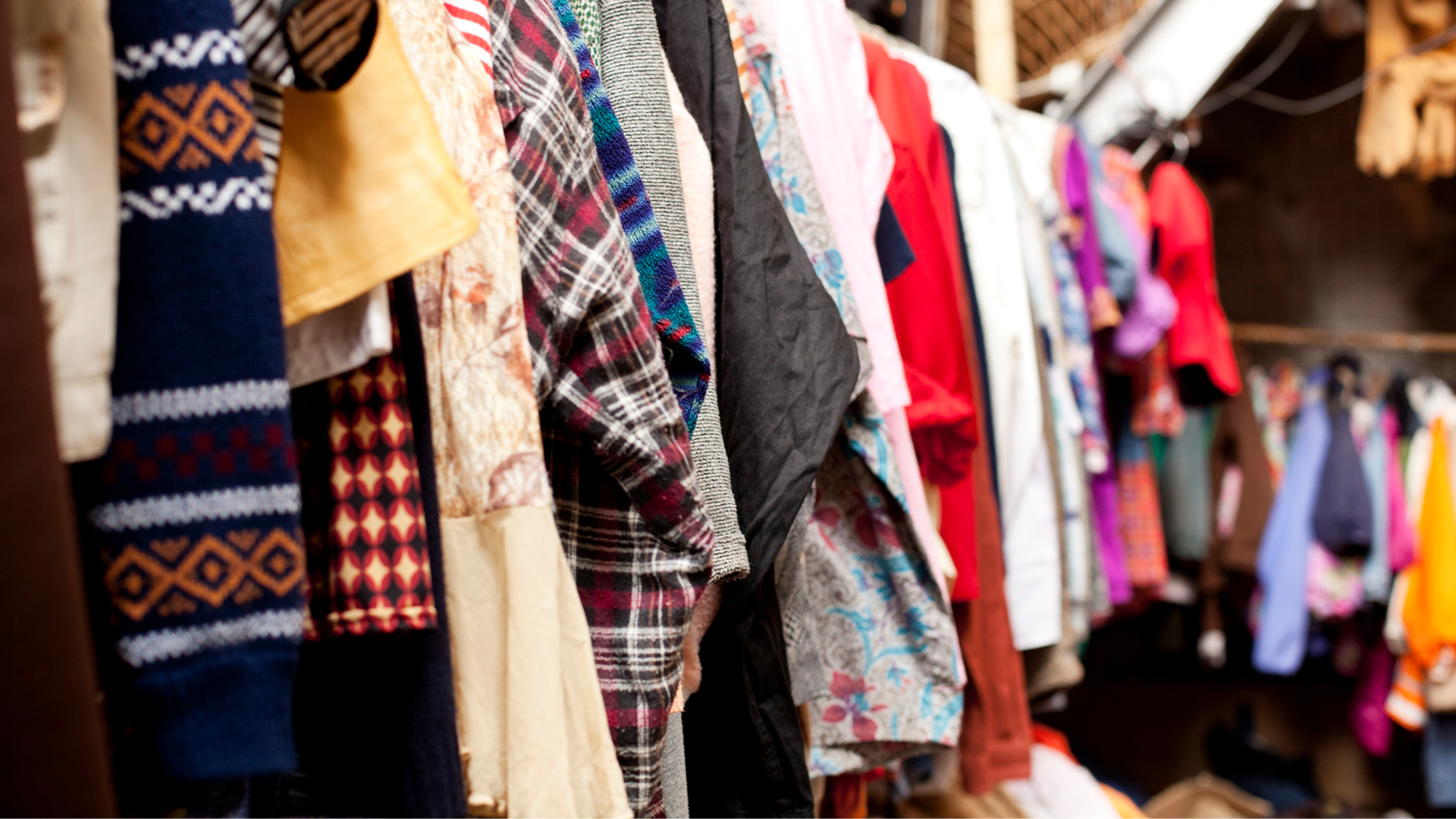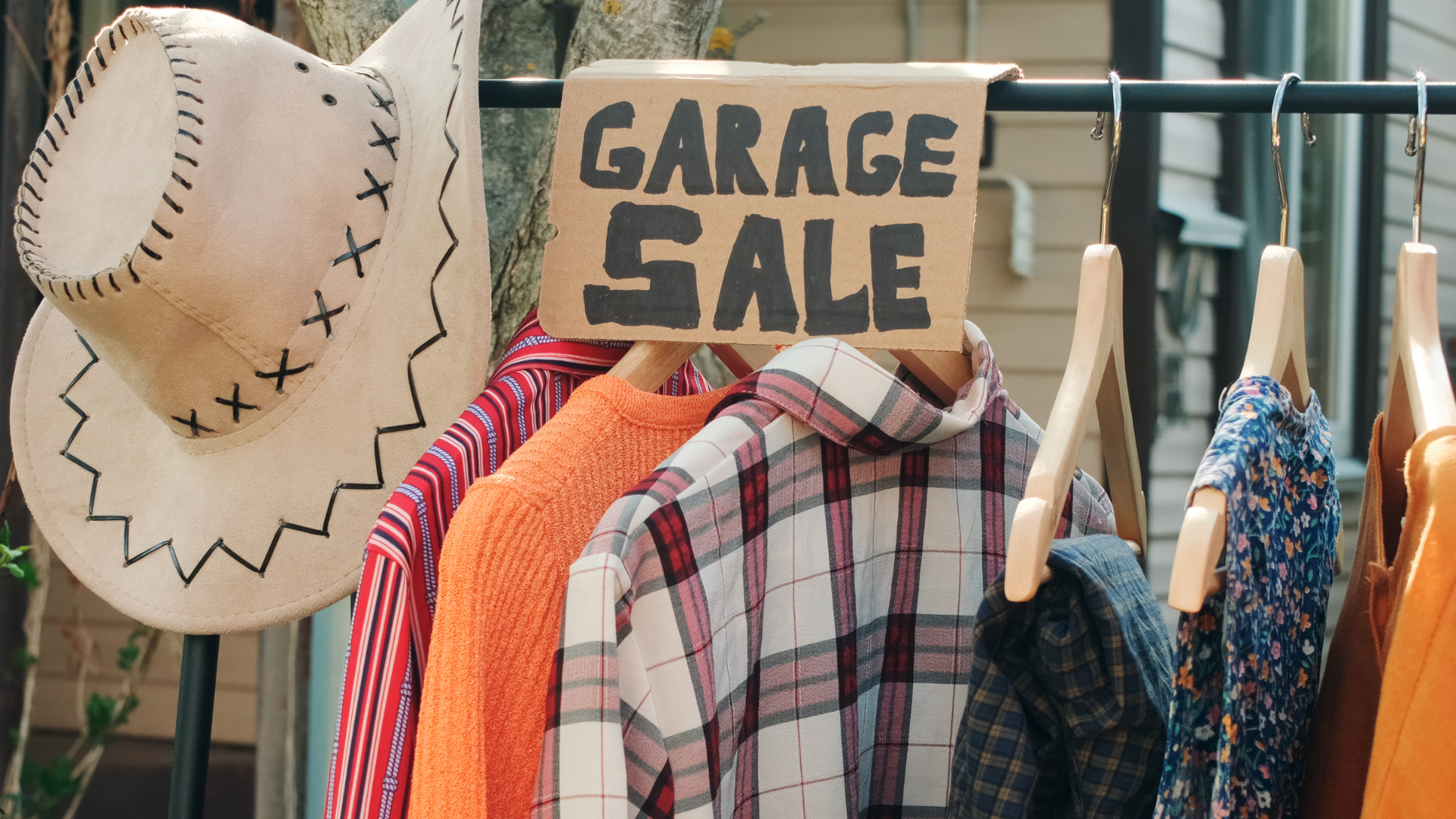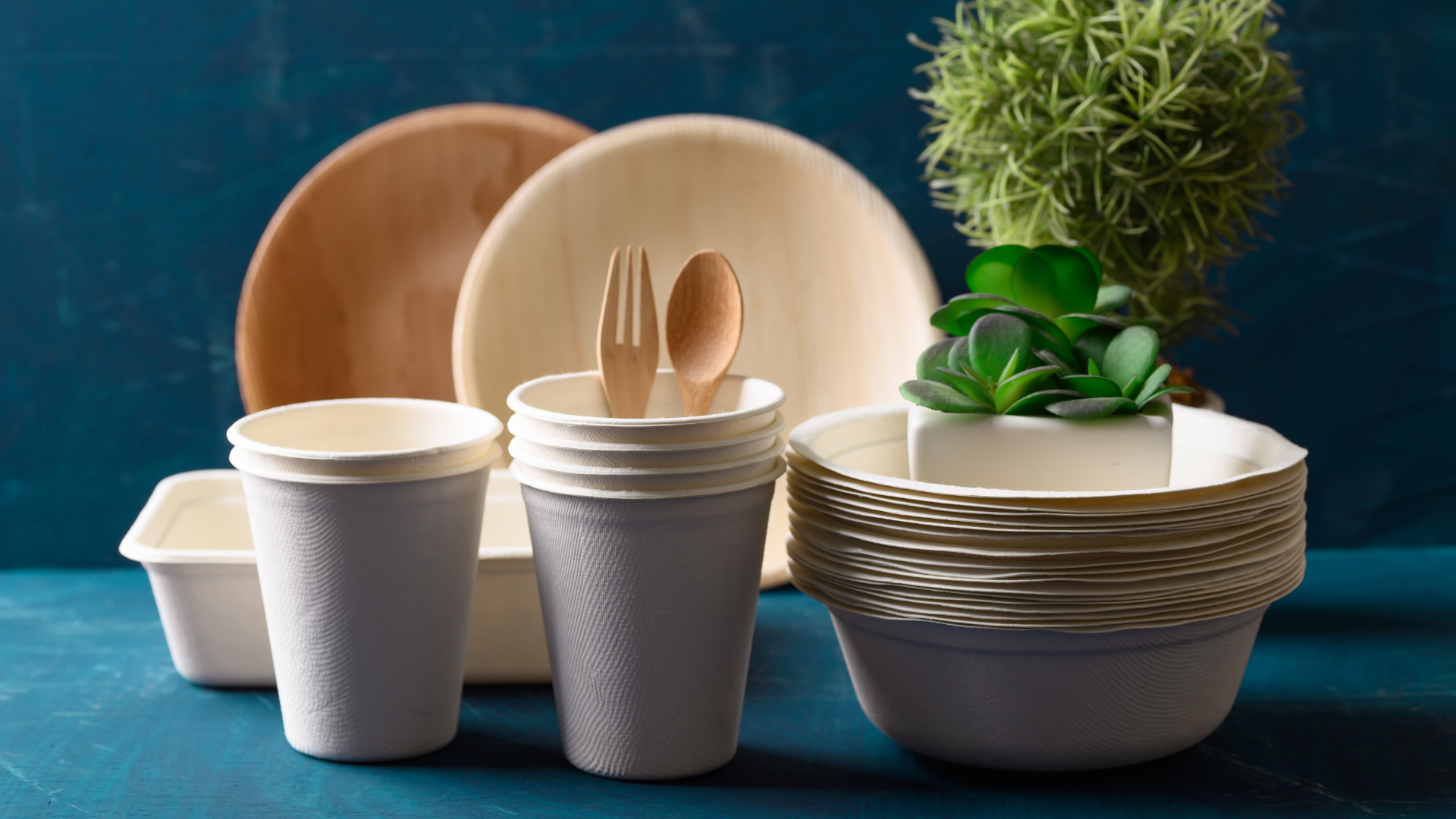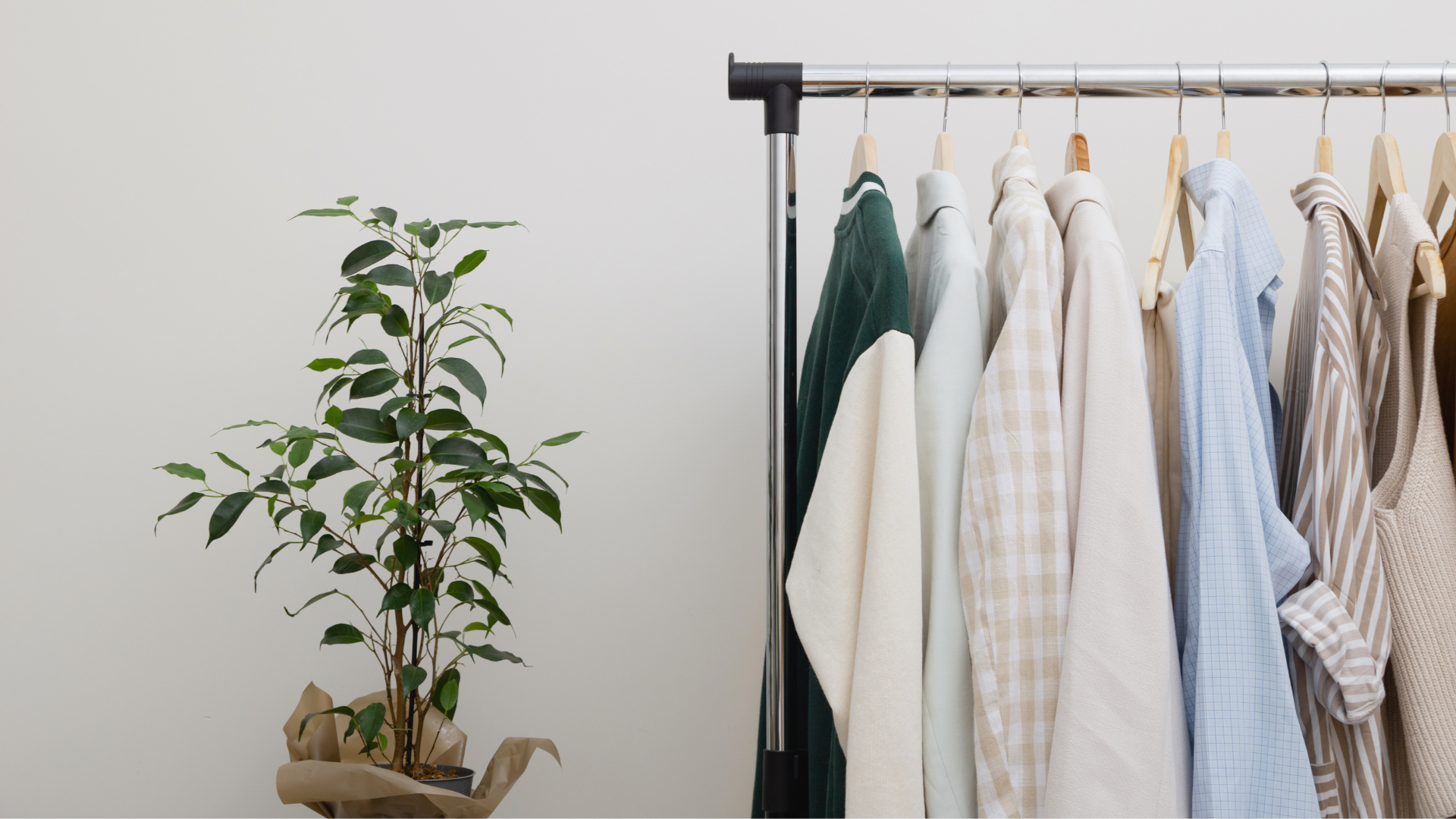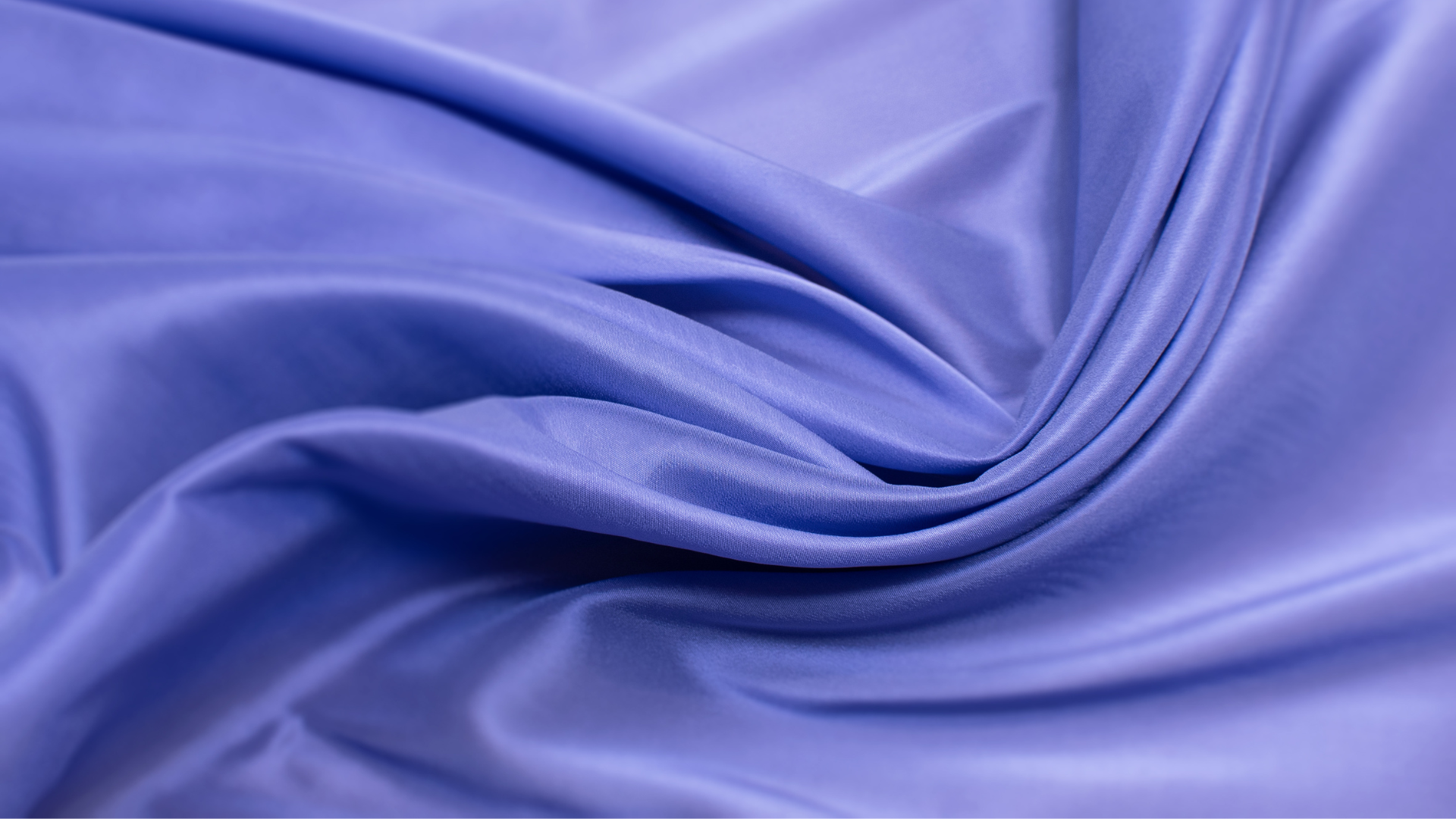Fleece is a synthetic fabric celebrated for its exceptional warmth and softness, making it a staple in outdoor gear and cozy home wear. Its unique properties and versatility have made it a beloved choice for clothing, blankets, and more. In this comprehensive guide, we explore every aspect of fleece, from its origins to its environmental impact and care tips.
The Origin and Evolution of Fleece
Fleece was developed as a more affordable and humane alternative to wool. Created from polyester, this fabric is engineered to mimic the insulating properties of natural wool but with significant advantages in weight, moisture resistance, and breathability.
A Brief History
Invented in the 1970s, fleece quickly became a popular choice for its ability to retain heat even when wet, unlike traditional wool. This feature made it an instant hit in outdoor and sporting apparel.
Types of Fleece
-
Polar Fleece: Often used in jackets and blankets.
-
Microfleece: Lightweight and soft, ideal for base layers.
-
Sherpa Fleece: Mimics the look and feel of sheepskin, used in winter clothing.
The Manufacturing Process of Fleece
Understanding how fleece is made helps in appreciating its value and addressing the ecological concerns associated with its production.
From PET Bottles to Fabric
Fleece is primarily made from polyester fibers, which are derived from recycled PET bottles, reducing plastic waste. The process involves melting down the bottles, extruding them into fine threads, and weaving these threads into a light, durable fabric.
Dyeing and Finishing
Once woven, the fleece is dyed using eco-friendly dyes and treated with various finishes to enhance its water-resistant and insulating properties.
Benefits and Uses of Fleece
Fleece is not only popular for its warmth but also for its breathability and moisture-wicking abilities, making it a versatile fabric for various applications.
Advantages of Fleece
-
Warmth: Offers high thermal insulation.
-
Lightweight: Comfortable to wear and easy to pack.
-
Durable: Resistant to wear and tear.
Common Applications
-
Outdoor Apparel: Jackets, hats, and gloves.
-
Home Products: Blankets and throws.
-
Accessories: Scarves and ear warmers.
Environmental Impact and Sustainability
While fleece is praised for its qualities, it's essential to address the environmental implications of using a synthetic fabric.
Microfiber Pollution
Each wash can release microfibers that pollute water systems. Choosing high-quality, long-lasting fleece products and using washing bags can mitigate this issue.
Recycling and Reusability
Fleece is recyclable, and many brands are committed to using recycled materials to produce their fleece items, promoting a circular economy.
Caring for Fleece
Proper care can extend the life of fleece garments and help reduce environmental impact.
Washing and Maintenance
-
Washing: Use cold water and gentle cycles.
-
Drying: Air dry to prevent shrinkage and fiber damage.
FAQs About Fleece
Is fleece vegan?
Yes, fleece is a vegan alternative to wool, made from synthetic materials.
How long does fleece last?
With proper care, high-quality fleece can last for several years.
Can fleece be recycled?
Yes, fleece is recyclable, and many brands have recycling programs.
Is fleece warm enough for winter?
Fleece is excellent for layering and suitable for cold climates, especially in high-quality garments designed for winter wear.
How to prevent pilling on fleece?
Avoiding excessive washing and using a fabric shaver can help maintain the smooth texture of fleece.
Conclusion: Embracing Fleece Responsibly
Fleece remains a top choice for comfort and warmth. By choosing sustainable brands, caring for fleece items properly, and being mindful of the environmental impacts, consumers can enjoy the benefits of fleece responsibly.
Call to Action
Explore more about sustainable living and eco-friendly products on our Sustai Market Blog. For more insights into sustainable fabrics, check out our articles in the Sustainable Living section.




